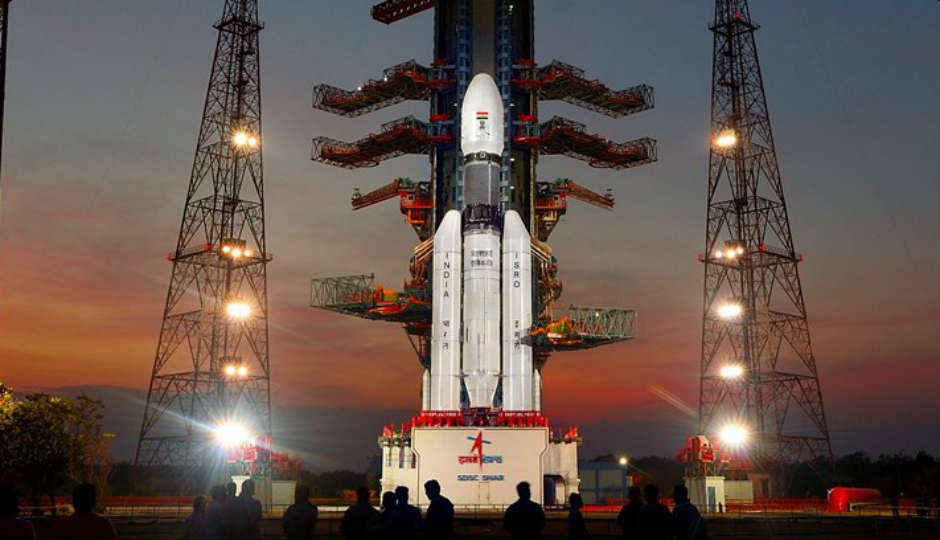India set to launch two moon missions in early 2018
By
Digit NewsDesk |
Updated on 06-Jun-2020

HIGHLIGHTS
ISRO plans to launch 2 moon missions in early 2018 which will consist of ISRO’s Chandrayaan-2 mission as well as another mission of India’s Team Indus
In early 2018, India will observe two lunar missions by Indian Space and Research Organization as stated by ToI. The first mission consists of ISRO’s very own Chandrayaan-2 which is the successor to Chandrayaan-1 launched in 2008. The second mission is of Team Indus who are a group of space enthusiasts and the only Indian team to be a part of the Google Lunar XPRIZE space race competition. Even if Team Indus doesn’t win the Google Lunar XPRIZE space race, they have secured a position for their rover to be a part of the space mission. The launch of both these missions is expected to be from ISRO’s Satish Dhawan Space Centre in Sriharikota.
ISRO’s Chandrayaan-2 mission is set forth with the objective of deeper lunar surface probe and understanding the lunar surface better. It consists of an Orbiter, Lander and Rover which are all made by in India by ISRO itself.
Team Indus’ objectives require Indus’ rover to cover 500 meters on the moon's surface and it should be able to beam back high-definition images back to Earth. If the project is successful, then Team Indus will win the $30 Million Google Lunar XPRIZE as well.
The Chandrayaan-2 is being developed by ISRO. The launch will take place with the help of a heavy-lift Geosynchronous Satellite Launch Vehicle (GSLV Mk II). This is in contrast with Chandrayaan-1 which used Polar Satellite Launch Vehicle (PSLV) as the former mission weighed less. Team Indus however, is using the service of PSLV in order to take its 600kg spacecraft to lunar orbit.
"Both the missions are scientifically and technically totally different. Even the instruments used in the two spacecraft’s will be different. There is no question of any comparison." Explained ISRO chairman, AS Kiran Kumar.
As per ISRO, the Chandrayaan-2 Lander will soft land on the Moon at a specified site and deploy the Rover. The scientific payloads onboard the Orbiter, Lander and Rover are expected to perform mineralogical and elemental studies of the lunar surface. Chandrayaan-2 is planned to be launched as a composite stack into the Earth Parking Orbit (EPO) of 170 X 18,500 km by GSLV-Mk II. The Orbiter carries the combined stack up to the moon till the Lunar Orbit Insertion (LOI). The combined stack is then inserted into the lunar orbit of 100 km x 100 km. The Lander is separated from the Orbiter in this orbit.
According to Team Indus, The PSLV 12 minutes after launch, will inject the spacecraft into an orbit of 880 km x 70,000 km around the Earth. The spacecraft will then orbit the earth two and half times, raising the apogee – the greatest distance from the Earth in an elliptical Earth orbit – by 10,000 km each time by firing its thrusters. A maneuver called trans lunar injection – TLI – follows, which will help the spacecraft escape the Earth’s gravity and set it in the direction of our closest celestial neighbour. The spacecraft will reach a peak speed of 10.3 km/second and will take seven and half days after trans lunar injection to reach a distance 100 km from the Moon.
Digit NewsDesk
Digit News Desk writes news stories across a range of topics. Getting you news updates on the latest in the world of tech. View Full Profile




